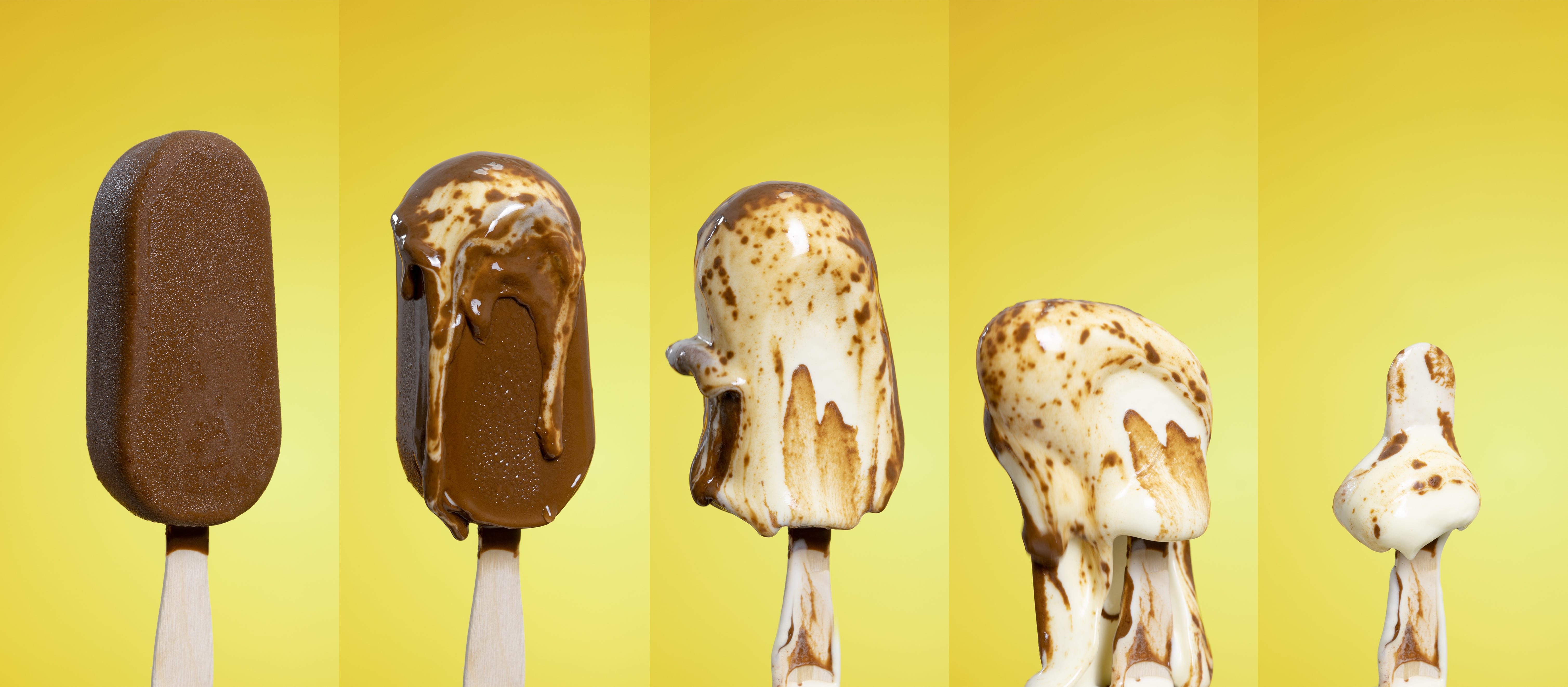Tightly related but very independent UI/UX/CX concepts. Definitely NOT interchangeable.
I saw a post on LinkedIn this week that said “you can’t have usability without accessibility.” However, it is my belief that the converse — “you can’t have accessibility without usability” is also true. Here are my thoughts on how the two topics are interrelated using a metaphor that everyone can get behind — frozen treats.
First, a couple of basic definitions:
Usability: Is a product/service effective and efficient? Do your customers dread using it? Is it “meh”? Or do your customers love it and recommend it to everyone. But most importantly, usability is about addressing general user needs, usability is NOT about the specific needs of people with disabilities.
Accessibility: Can people with disabilities equally perceive, operate, and understand your product / service ? Are there any barriers to equal access?
Usability is the frozen treat

- Usability is largely subjective. What one user thinks is usable, another might think is complete garbage. Also someone’s opinion about usability can change over time — people tend to get more forgiving as their skills advance about annoying behavior that they have learned shortcuts around.
- Usability involves users’ expectations. Sort of like movies. Ever go to a movie that you thought was going to be terrible (3 out of 10) and you left pleasantly surprised because it was a 6? And then the following week go to a different movie that everyone said was awesome (8 out of 10) and you left mad because it was a 6? Both movies were 6s. The difference was the expectations you went into the theater with.
- Usability results differ based on user experience. Even objective measurements of usability such as speed to complete a form will change over time as the user gets more experienced. Frozen treats change over time too — they melt !
Accessibility is the container that the frozen treat goes into
It could be a cone, could be a bucket, could be a bowl: But the container by itself without the treat in it is pretty boring
- Accessibility is largely objective. For each of the 50 WCAG 2.1 Level AA guidelines, your software either 1) follows the guideline everywhere 2) doesn’t follow the guideline everywhere or 3) the guideline is not applicable. You are either following additional accessibility best practices, or you aren’t. You are either doing research with people with disabilities or you aren’t. Any time the answer is “you aren’t doing it” there is an almost certain guarantee that you are excluding someone with a disability from being able to use your software. If you aren’t doing a Level A guideline, you are excluding an entire group of similarly situated someones.
- Accessibility is about infrastructure. Most accessibility questions can be answered Yes or No. Can a user use a keyboard to access your product? Can users suppress motion? Do you support dyslexia-friendly fonts? Have you done functional QA with real native users of assistive technology, and not 100% able-bodied people. Yes, this actually matters. Native users of assistive technology carry with them the pain and fatigue that goes with having a disability as well as life experience, frustration, and exasperation that goes with not being able to leave their disability behind when they leave work.
One key relationship between accessibility and usability is this: without the software being accessible, people with disabilities who use assistive technology are blocked from forming an opinion about how usable it is (or isn’t).
Put your frozen treat plus your container cone together in a tasty single dessert
One without the other is not the best experience.
If you have accessibility without usability, you have pissed ALL of your users off. People with disabilities will be able to nominally use the software, but no one (with or without disabilities) will enjoy it because of the usability flaws. Few people like to eat cones without the frozen treat in it.
If you have usability without accessibility, you have pissed off a smaller group of people (the ones with disabilities), but opened yourself up to lost sales and the significant risk of a very expensive lawsuit. Also, corporate optics aren’t great when a company sells inaccessible products and simultaneously claims to be a place of inclusion and belonging. Whether that exclusion was conscious or not doesn’t matter. Many companies dog-food their own products — when your product is inaccessible, employees with disabilities will be blocked from positions that require the ability to use it. UX Collective

0 comments on “Accessibility and Usability”